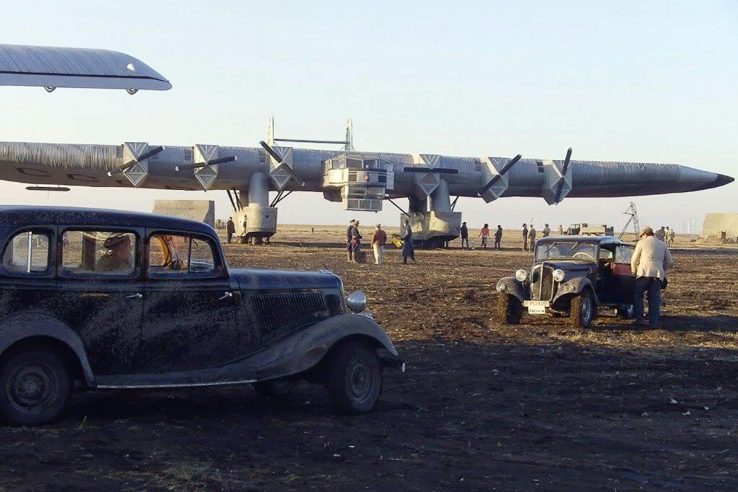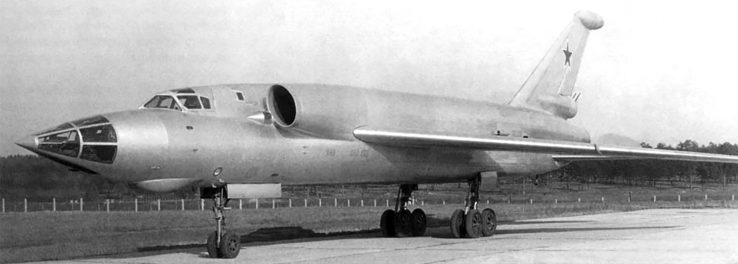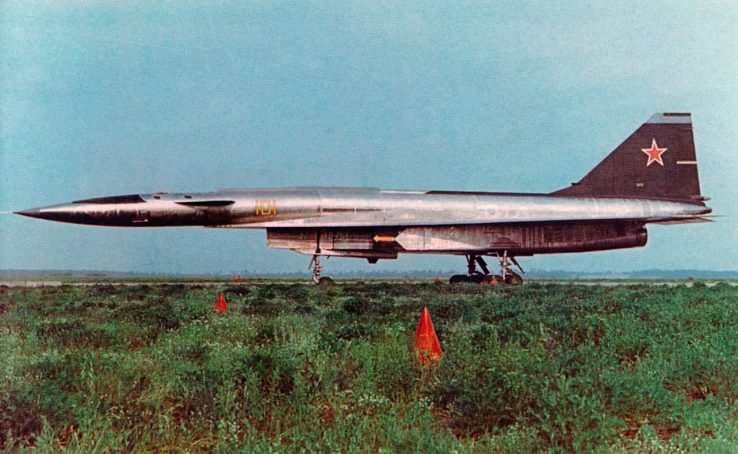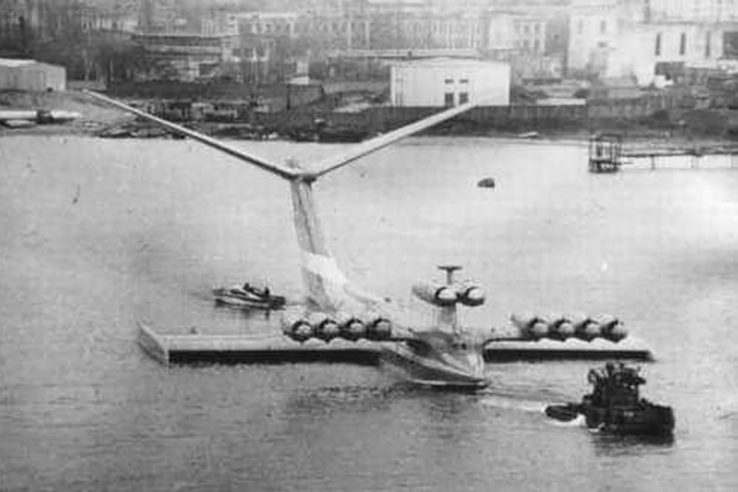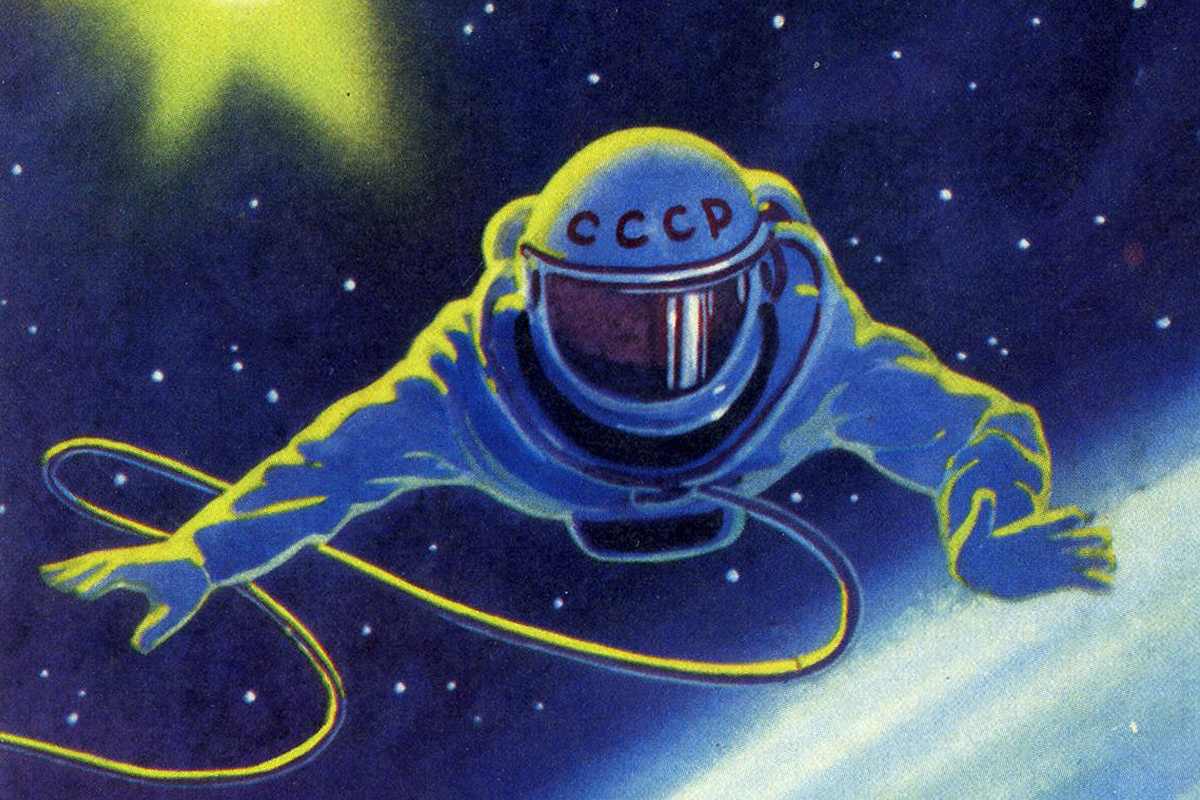Soviet engineers experimented with some unusual aircraft designs, from the bullet-shaped Sukhoi T-4 supersonic bomber to the Concorde lookalike Tupolev Tu-144 to the Caspian Sea Monster. Most never advanced beyond the prototype stage.
Here is a look at some of the strangest aircraft of the Soviet Union.
Kalinin K-7
The king of propeller planes, the Kalinin K-7 was 28 meters long and 53 meters wide, making it one of the largest aircraft built before the jet age. Its unusual configuration consisted of twin booms and large underwing pods housing fixed landing gear and machine gun turrets.
Only one prototype was built, which crashed. The plan was for civilian and military versions to be constructed, with the former seating around 120 passengers in the wings and the latter armed with autocannons, machine guns and bombs. The project was canceled in 1935.
Supersonic bombers
Tupolev studied various supersonic alternatives to its successful Tu-16 bomber of which around 1,500 were built.
The first prototype was the Tu-98. It was powered by two turbojet engines with side-mounted intakes high on the fuselage. It flew for the first time in 1956, but several problems were quickly identified and the design was abandoned.
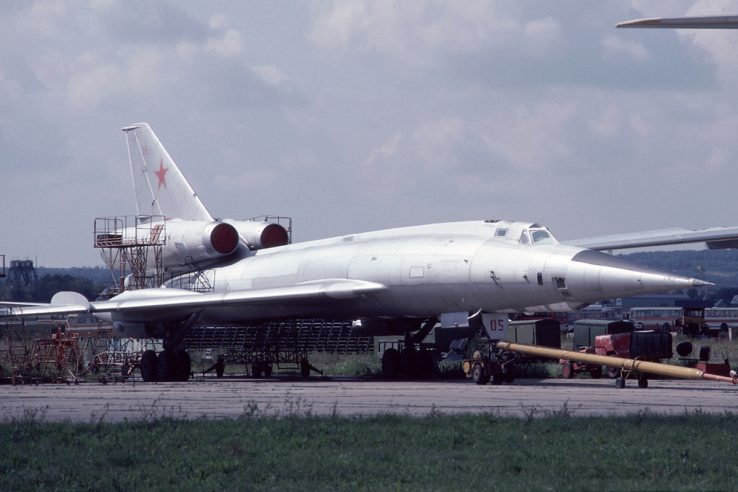
The Tu-22 was more successful. It made its maiden flight in 1958 and entered service in 1962. The Tu-22 wasn’t easy to fly, though. Among the plane’s many problems was a tendency to pitch up and strike its tail on landing. Despite its speed, the Tu-22 was also inferior to the Tu-16 in terms of combat radius and weapons load.
In addition, Soviet leader Nikita Khrushchev believed intercontinental ballistic missiles (ICBMs) were the way of the future. Only fifteen (some sources say twenty) Tu-22s were built as a result. Some were sold to Iraq and Libya in the 1970s.
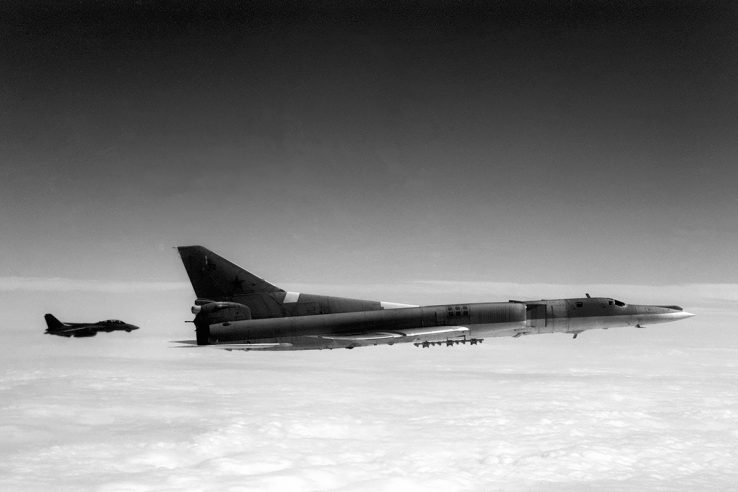
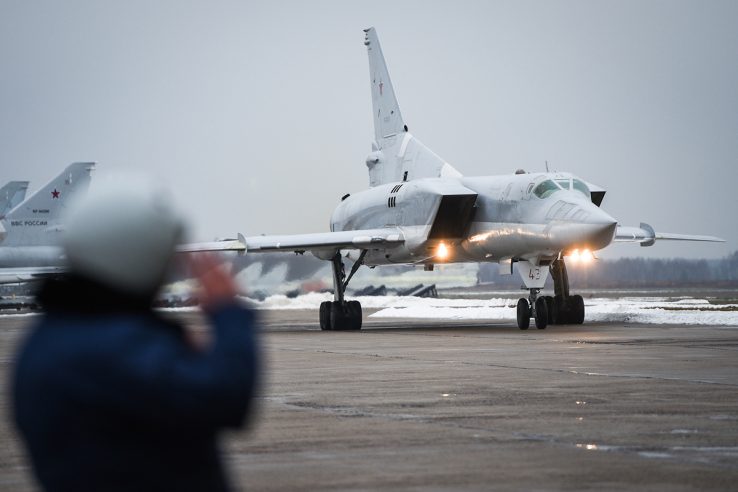
Tupolev built a vastly improved version of the Tu-22, the Tu-22M, in the late 1960s. In order to save face, the Air Force and Tupolev agreed to pass off the design as a simple update, but it was closer to a whole new plane. With Khrushchev out of the way (he resigned in 1964), hundreds of Tu-22Ms could be ordered. 63 are still in Russian service.
Tupolev’s competitor, Sukhoi — which specialized in fighter aircraft — built its own high-speed bomber, the T-4, in response to a call for proposals for a Soviet answer to the American XB-70 Valkyrie.
The first T-4 prototype flew in 1971. Only four were built before the project was terminated.
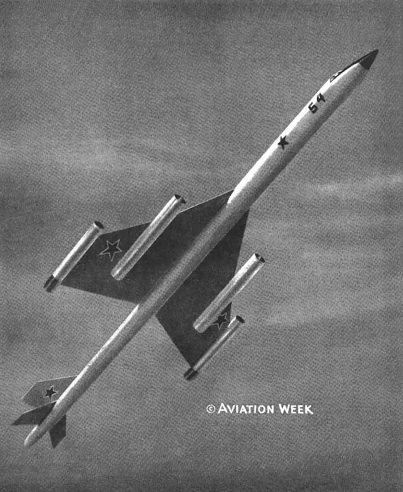
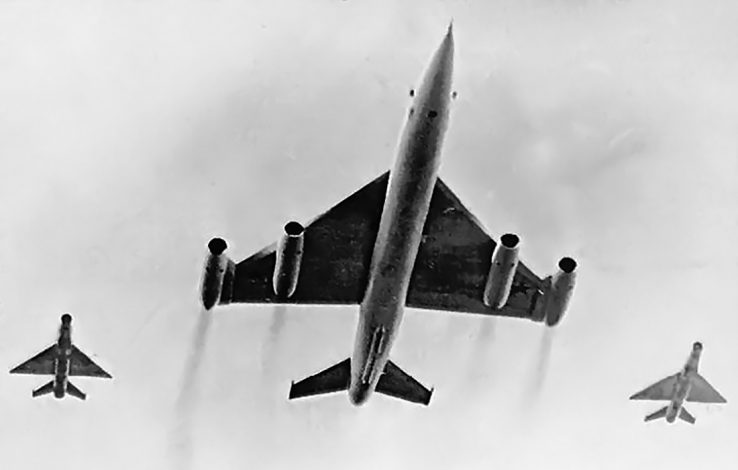
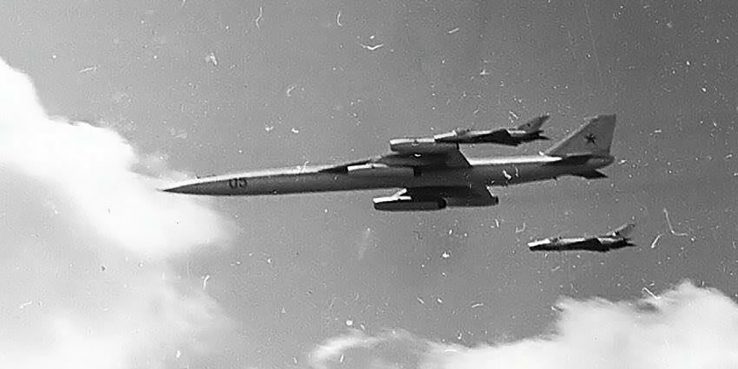
Myasishchev, the third big Soviet aerospace design bureau, came up with a four-jet supersonic bomber, the M-50. The two inner engines were located under the wings; the two outer engines were mounted on the wingtips.
A single prototype was built and flew in October 1959. This was when Khrushchev was still Soviet premier and, like the Tu-22, the M-50 fell victim to his preference for ICBMs.
The M-50 was mistakingly identified in the December 1, 1958 issue of Aviation Week as a nuclear-powered bomber.
Tupolev Tu-144
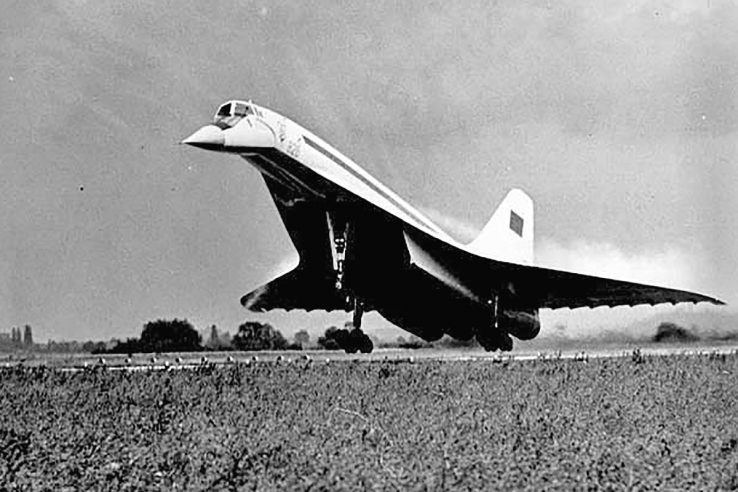
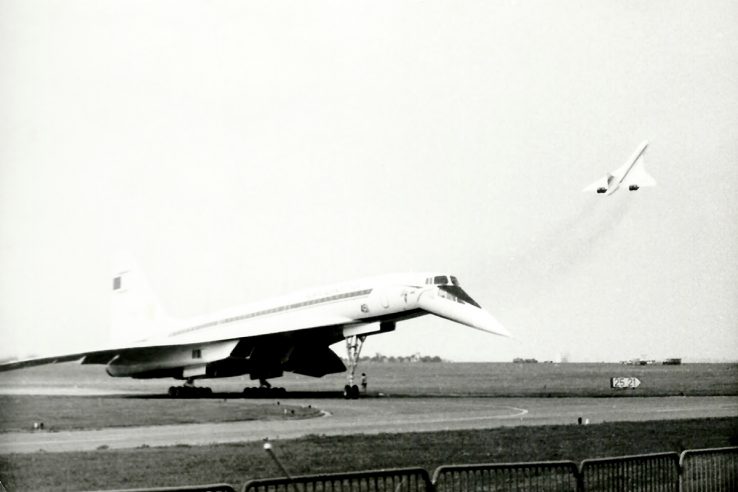
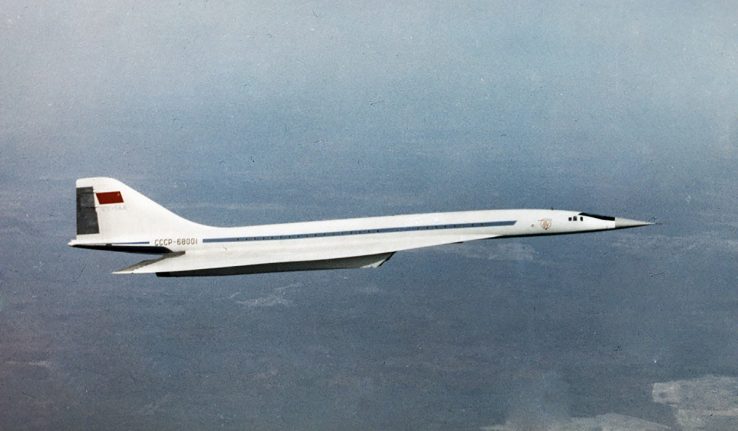
The Soviet Union’s answer to the Concorde, the Tupolev Tu-144 only flew passengers for a year after two deadly crashes. It remained in use as a cargo aircraft until 1983. The Tu-144 was also used to train pilots for the Buran spaceplane.
Like the Concorde, the Tu-144 had a drooping noose. It would be up in flight to reduce drag. During taxi and takeoff, the noose would be drooped to improve the pilots’ view of the runway.
Ekranoplan
The Soviet Union developed several ground-effect vehicles, which lift off using the ground effect: the aerodynamic interaction between the wings and the surface. They typically act similar to flying boats or hovercrafts.
The best-known is the Caspian Sea Monster. It was the largest and heaviest aircraft in the world in its time. When American spy satellites discovered it in 1967, analysts were puzzled. The CIA branded the aircraft the “Kaspian Monster” after its markings: KM. These actually stood for Korabl-maket, meaning “Prototype ship”. It wasn’t until the 1980s, after the Sea Monster had crashed and sunk, that the United States discovered it had been a large ekranoplan.

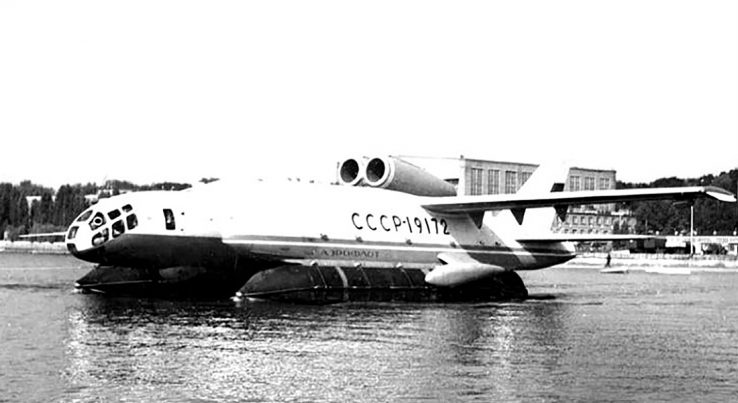
Despite the loss of the Sea Monster, the ekranoplan program continued with the support of Defense Minister Dmitriy Ustinov. The A-90 Orlyonok entered production and was meant to be deployed in the Baltic and Black Seas. Two VVA-14s, designed by Robert Ludvigovich Bartini and the Beriev Design Bureau, were built to destroy Polaris missile submarines.
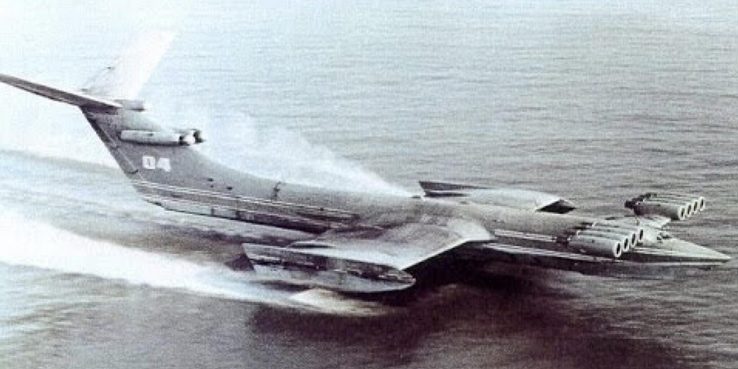
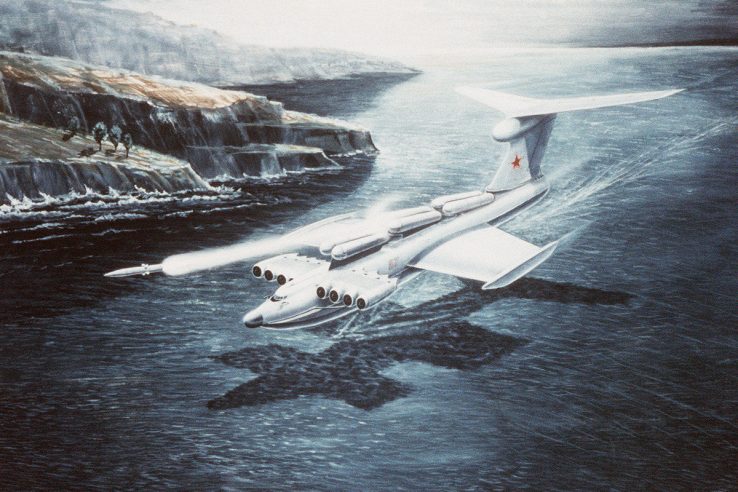
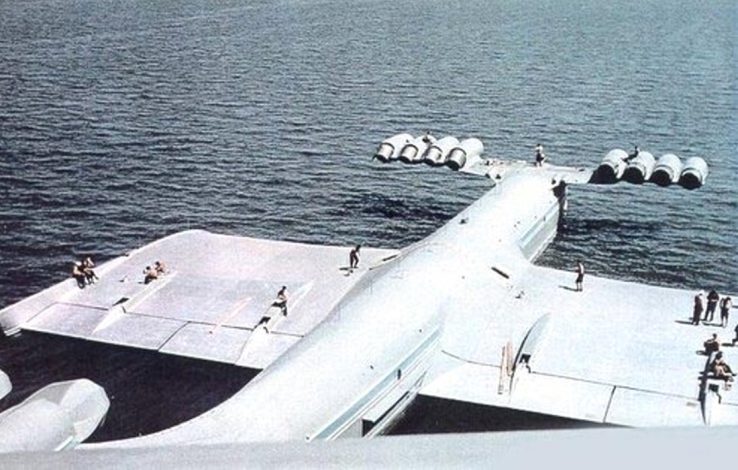
The Lun-class ekroplan, which looked similar to the Caspian Sea Monster, was designed as a missile launcher, but only one could be built before Ustinov died. His successor, Sergei Sokolov, canceled the ekranoplan program.
Spaceplane
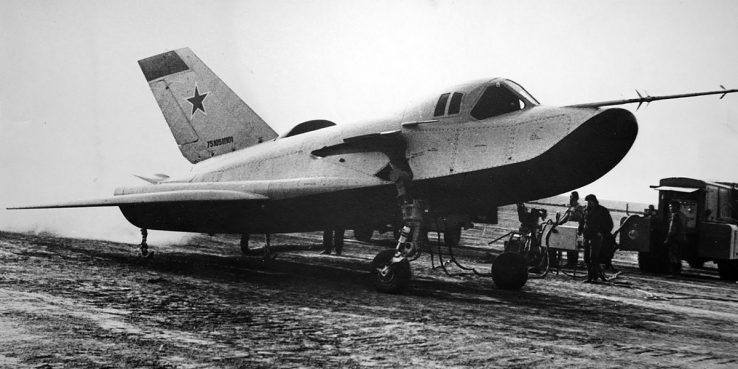
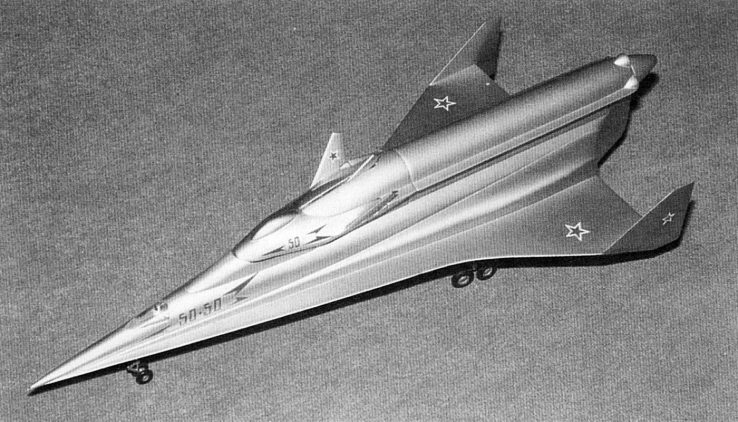
Before the Soviet Union decided to pursue the Buran spaceplane program, the Mikoyan and Gurevich Design Bureau were in contention with the MiG-105.
The test vehicle, which was nicknamed “Lapot” after the Russian word for shoe, made its first subsonic flight in 1976, taking off under its own power from an old airstrip near Moscow. Test flights continued sporadically until 1978.
Rather than launch the spaceplane on a rocket, the plan was for the MiG-105 and its liquid fuel booster to launch at high altitude from the back of a custom-built hypersonic jet. The mothership was supposed to have been built by Tupolev, using many of the same technologies the company had developed for its supersonic bombers.

